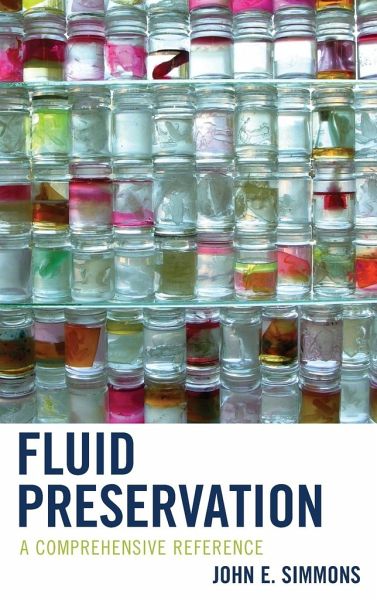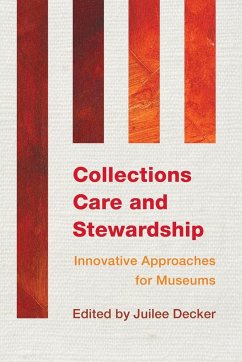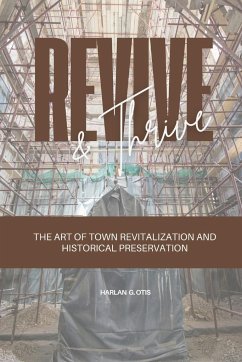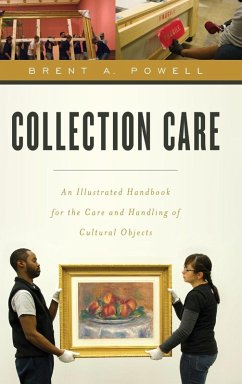
Fluid Preservation
A Comprehensive Reference
Versandkostenfrei!
Versandfertig in 1-2 Wochen
156,99 €
inkl. MwSt.

PAYBACK Punkte
78 °P sammeln!
Despite the fact that fluid preservation has been practiced for more than 350 years, this is the only handbook that summarizes all that is known about this complex and often confusing topic. Fluid Preservation: A Comprehensive Reference covers the history and techniques of fluid preservation and how to care for fluid preserved specimens in collections.














